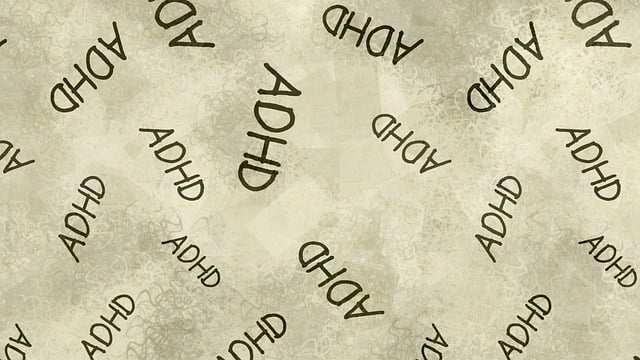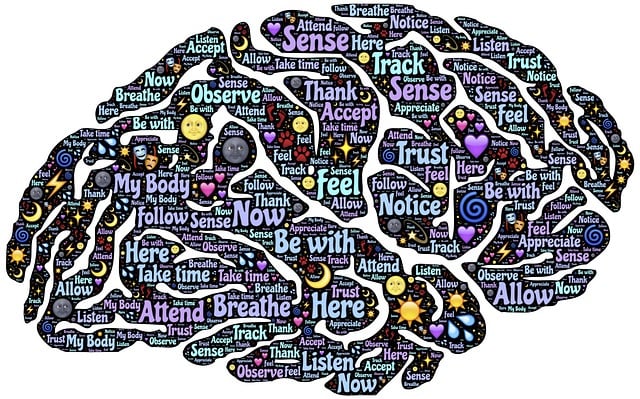Mental health professionals must navigate interpersonal risks by understanding client vulnerabilities and implementing strategies like Golden Interpersonal Issues Therapy (GIIT). GIIT focuses on complex relationships, boundary setting, and emotional healing, using proactive methods like clear boundaries and self-care to mitigate risks. By combining GIIT with Stress Reduction Techniques, therapists create supportive environments that empower clients to manage challenges and improve mental health outcomes. Continuous risk assessment, including cultural competency training and trauma support, ensures safe therapy and enhances client journeys towards emotional well-being.
In the demanding field of mental health, effective risk management planning is paramount to ensuring client safety and fostering a healthy therapeutic environment. This article guides mental health professionals through a comprehensive approach to mitigating risks, focusing on key areas such as understanding the nuances of risk in interpersonal therapy, identifying potential hazards, and implementing strategies for safe practice. We delve into the intricacies of Golden Interpersonal Issues Therapy (GIIT), offering insights on continuous evaluation and adaptation to address emerging challenges.
- Understanding Risk in Mental Health Practice
- Identifying Potential Interpersonal Risks
- Strategies for Safe and Effective Therapy
- Continuous Evaluation and Adaptation in Golden Interpersonal Issues Therapy
Understanding Risk in Mental Health Practice

In mental health practice, understanding risk goes beyond identifying potential hazards. It involves a nuanced grasp of the complex interplay between client vulnerabilities and the therapeutic environment. Every individual enters therapy with their own unique set of interpersonal issues, which can range from past traumas to current stressors. These factors significantly influence the course of treatment, requiring mental health professionals to be ever-vigilant in assessing and mitigating risks. For instance, a client’s history of trauma might necessitate specialized approaches, such as those employing compassion cultivation practices, to foster a safe and supportive therapeutic relationship.
The dynamic nature of interpersonal therapy demands that professionals remain attuned to emerging issues. Effective risk management involves proactive strategies like stress management techniques, which can prevent escalating problems. By integrating depression prevention measures into their practice, therapists not only support clients in managing existing symptoms but also work to avoid potential relapses. The golden rule in mental health is to anticipate, assess, and address risks proactively, ensuring that the therapeutic process remains a beacon of healing and growth rather than a source of new challenges.
Identifying Potential Interpersonal Risks

Mental health professionals often encounter various interpersonal risks that can impact their well-being and ability to provide effective therapy. Identifying these potential issues is a crucial step in any risk management planning for mental health professionals, as it allows them to create a safe and supportive environment for both themselves and their clients. Some of the Golden Interpersonal Issues Therapy involves navigating complex relationships, managing boundaries, and understanding the emotional healing processes.
By recognizing potential risks early on, therapists can implement strategies to mitigate these challenges. This may include establishing clear professional boundaries, developing self-care practices for anxiety relief, and seeking peer supervision or consultation when needed. Effective risk management planning empowers mental health professionals to foster a positive therapeutic space, enhance client outcomes, and sustain their own emotional well-being.
Strategies for Safe and Effective Therapy

In the realm of mental health professional services, ensuring safe and effective therapy is paramount. Strategies for achieving this involve a multifaceted approach that integrates Golden Interpersonal Issues Therapy (GIIT) techniques to address fundamental interpersonal dynamics. By utilizing GIIT, therapists can facilitate clients’ emotional healing processes, enabling them to navigate complex relationships with enhanced coping mechanisms and improved mental health awareness.
Furthermore, incorporating Stress Reduction Methods within the therapeutic framework empowers individuals to manage their mental well-being proactively. These methods not only complement GIIT but also provide practical tools for mitigating stress, anxiety, and other common interpersonal issues. Through tailored interventions, mental health professionals can foster a supportive environment, encouraging clients to embrace emotional healing processes that extend beyond individual therapy sessions, ultimately enhancing overall well-being.
Continuous Evaluation and Adaptation in Golden Interpersonal Issues Therapy

Mental health professionals employing Golden Interpersonal Issues Therapy (GIIT) must adopt a dynamic approach to risk management planning, emphasizing continuous evaluation and adaptation. This involves regularly assessing the unique interpersonal dynamics within each therapeutic relationship, particularly when addressing complex trauma or cultural considerations. By integrating Healthcare Provider Cultural Competency Training and Trauma Support Services into their practices, professionals can enhance their ability to recognize and navigate sensitive issues effectively.
Regular risk assessment is crucial in GIIT as it allows for timely identification of potential challenges. These may include exacerbating symptoms related to past traumatic experiences, cultural barriers to communication, or interpersonal conflicts that could disrupt the therapeutic process. Through proactive monitoring and adaptation, mental health professionals can ensure a safe and supportive environment, ultimately enhancing client outcomes and mitigating risks associated with providing therapy.
Mental health professionals must continually assess and manage risks to ensure safe and effective therapy. By understanding risk factors, identifying interpersonal dangers, and employing strategies tailored to Golden Interpersonal Issues Therapy, practitioners can create a secure environment for clients. Continuous evaluation and adaptation are key to addressing emerging issues and ensuring the best possible care. This proactive approach not only protects both parties but also enhances the therapeutic process, fostering deeper connections and more meaningful outcomes.














